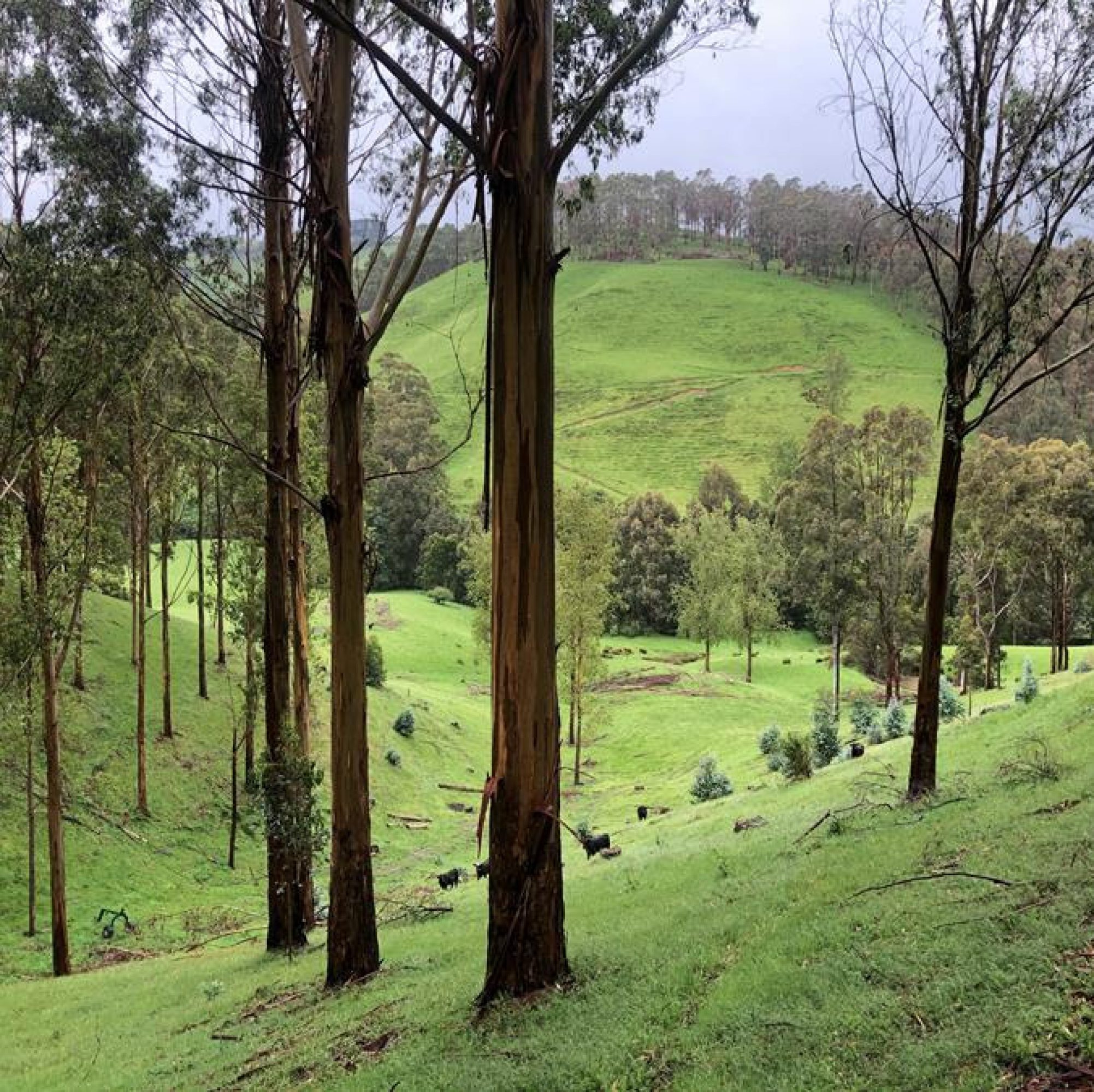
A couple of weeks ago the Andrew’s Government announced it was phasing out logging in native forests over the next 10 years.
The guts of the decision is;
1. Old growth logging will cease immediately.
2. Current regrowth logging will be extended until June 2024.
3. From July 2024 to June 2030 there will be reduced regrowth logging.
4. No native logging after June 2030.
The news was greeted with relief by environmentalists who have been fighting to save, among other things, the thousand or so remaining Leadbeater’s possums who live in the hollows of very old mountain ash trees.
Paul Haar, award-winning architect, long-time timber industry watcher and friend of Ceres Fair Wood emailed the other day with his own take on the decision….
….Great news for the Strathbogies but bad news for the old growth forests of NSW where Gladys Berejiklian has recently ‘remapped and rezoned’ public forests to expand old growth logging there.
Also bad news for the forests of Brazil, Bolivia and Peru where illegally logged hardwood laundered into the supply chain will flow into Australia at an ever more rapid rate.
If you check out all the durable external wood on building sites across Melbourne suburbs you’ll see old growth and regrowth Blackbutt, Spotted Gum, Tallowwood from coastal NSW as well as (in surging quantities) Cumaru from giant ancient trees of Amazonia.
So the question is what are our ethical timber alternatives?
Victoria has a growing number of farmers who have either planted trees suitable for timber or are tree-curious.
Establishing a farm forestry industry to replace native forestry is a huge undertaking but as the saying goes, the best time to plant a tree was 15 years ago, the second best time is today.
Trees planted on farmland are a win-win-win-win-win (yeah, so many wins).
– First farm forestry takes the pressure off standing native forests locking up carbon and protecting habitat
– Second, trees on farms hold water in the soil, prevent erosion and protect waterways
– Third, farm forestry sequesters carbon in the trees and in the soil
– Fourth, farm trees mitigate rising temperatures and reduce evaporation by creating shade and slowing down winds.
– Fifth, farm trees provide shelter for farm animals and habitat for native animals.
Farm trees are also an extra source of income for farmers but five is enough of a list.
Providing farmers with a market for their timber is Ceres Fair Wood’s reason for being.
The other part of our mission is helping people who are building, renovating or landscaping feel good about the timber they’ve sourced every time they walk into their house or sit out in their garden.
You can find out more about Fair Wood here.
Have a great week
Chris


